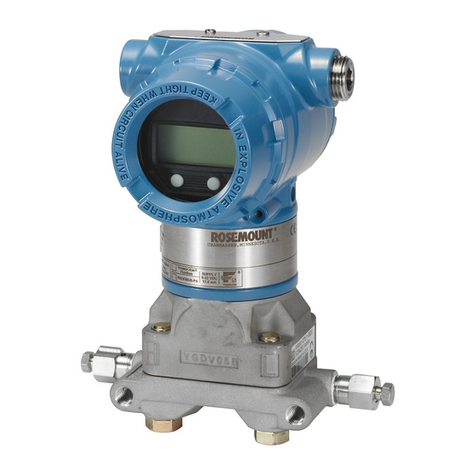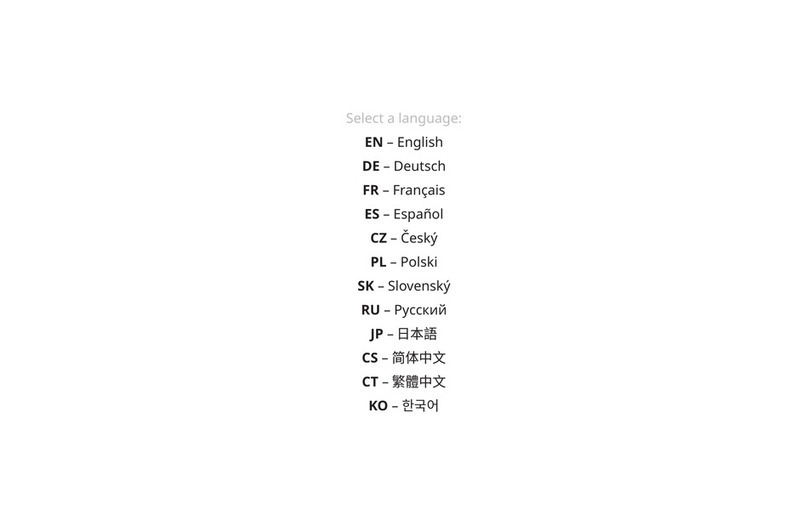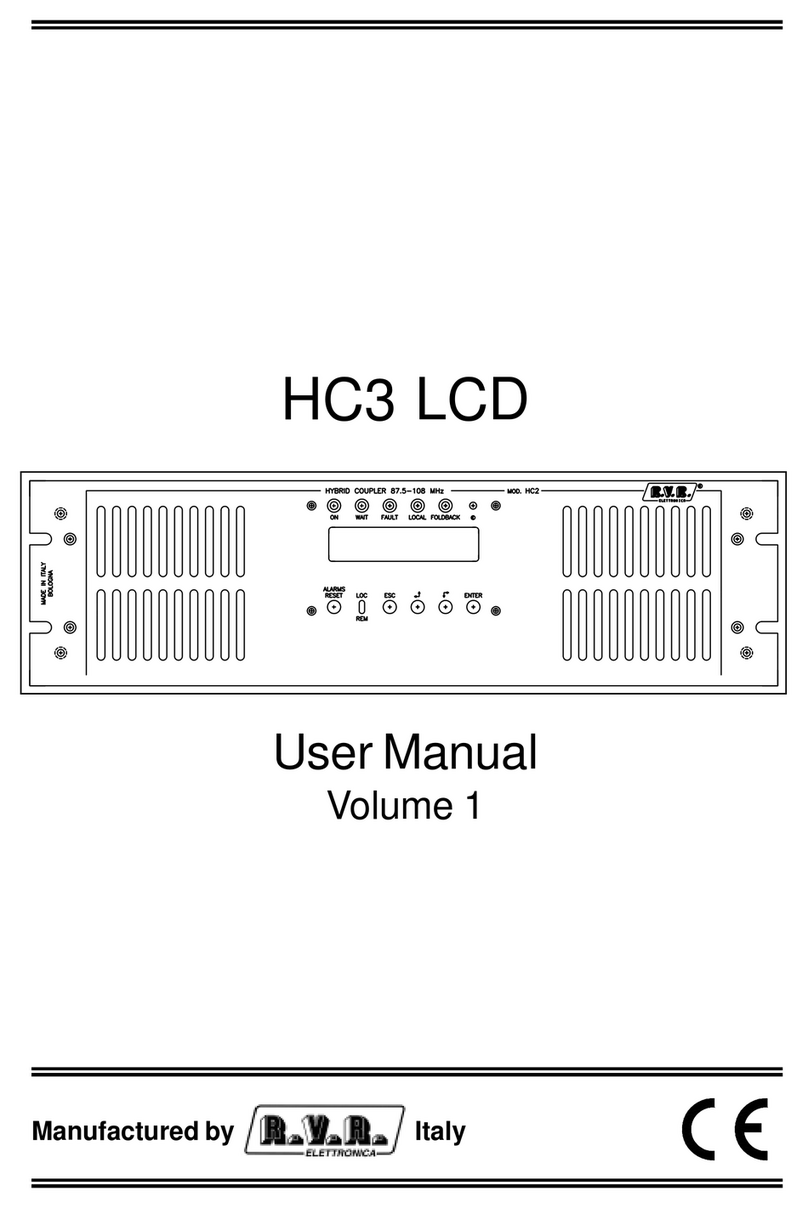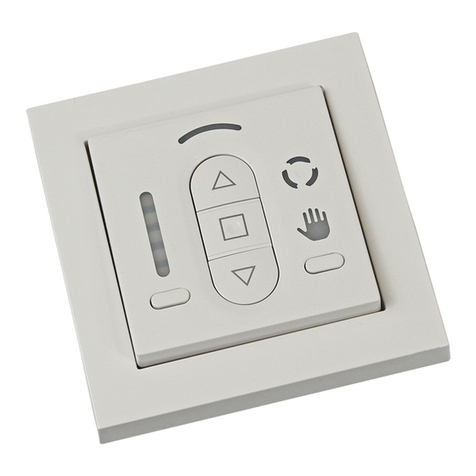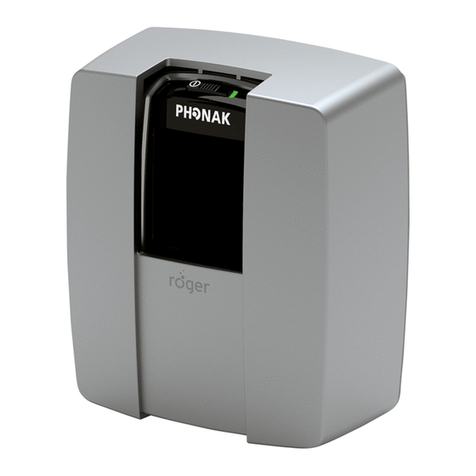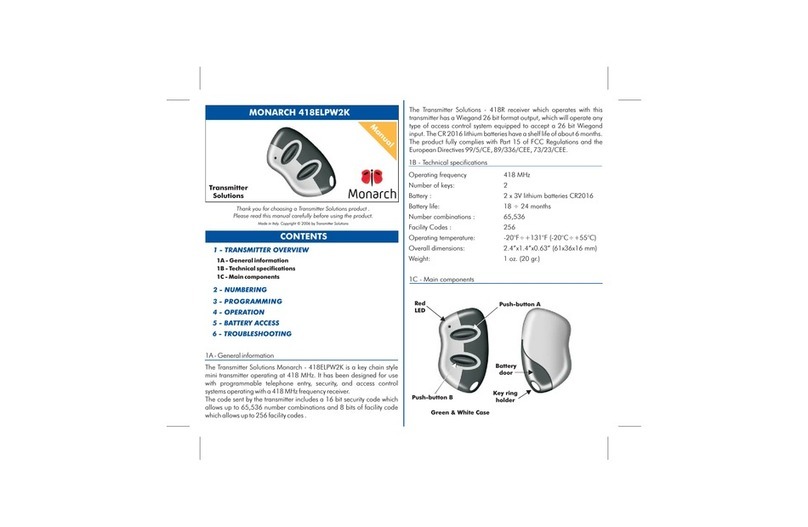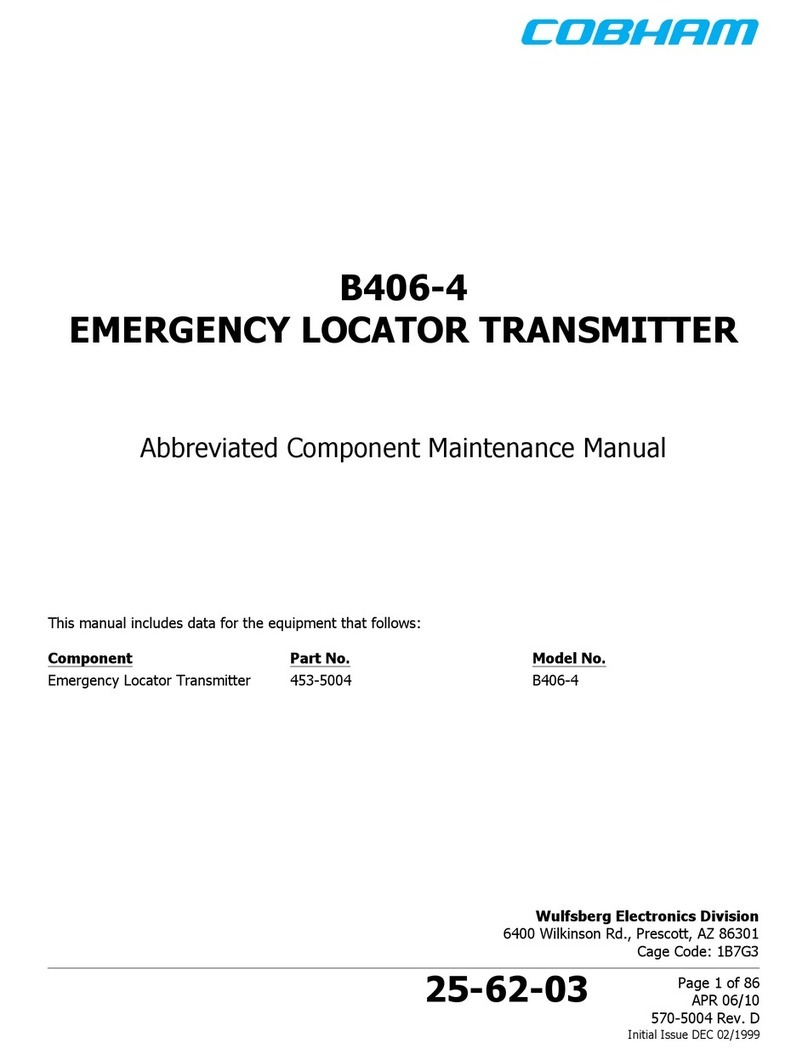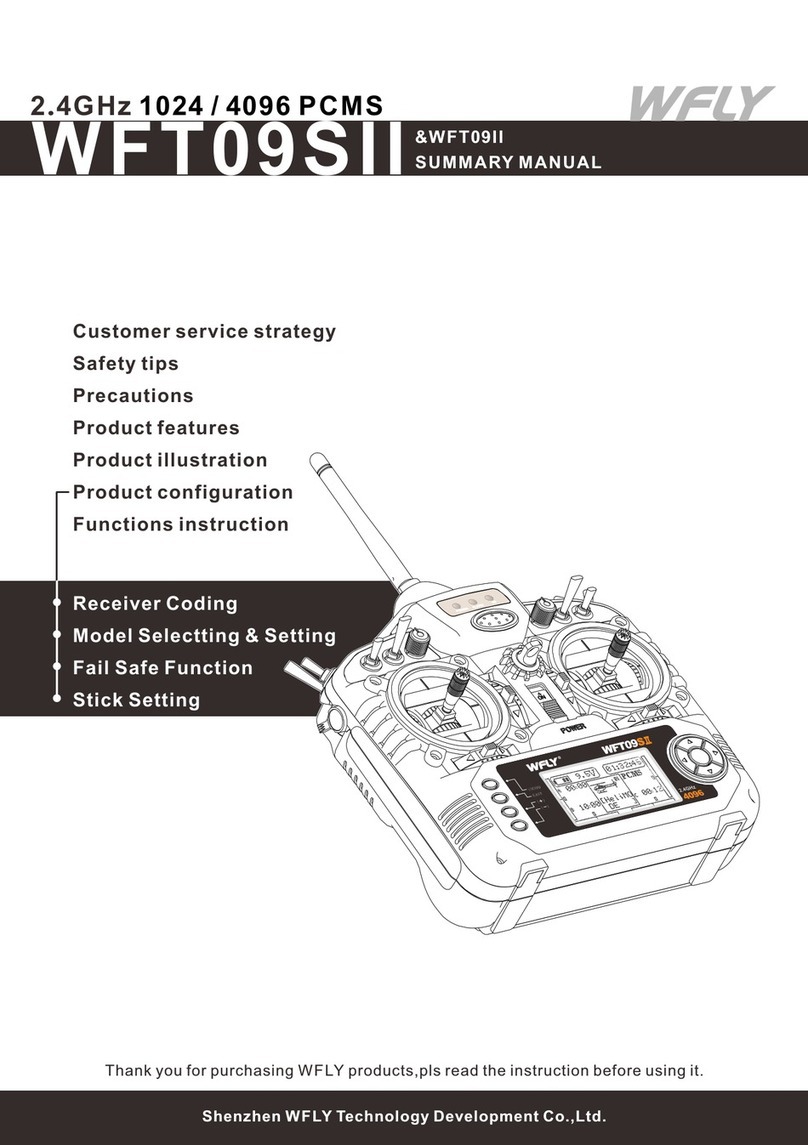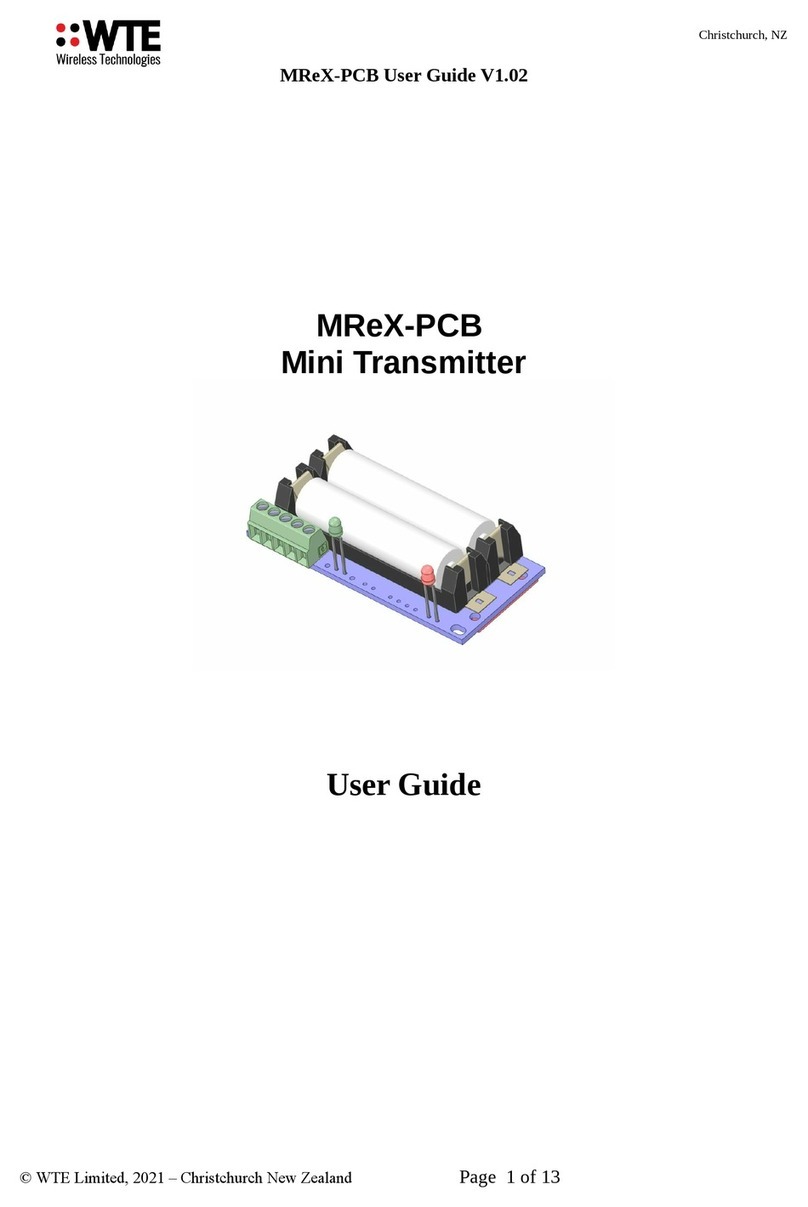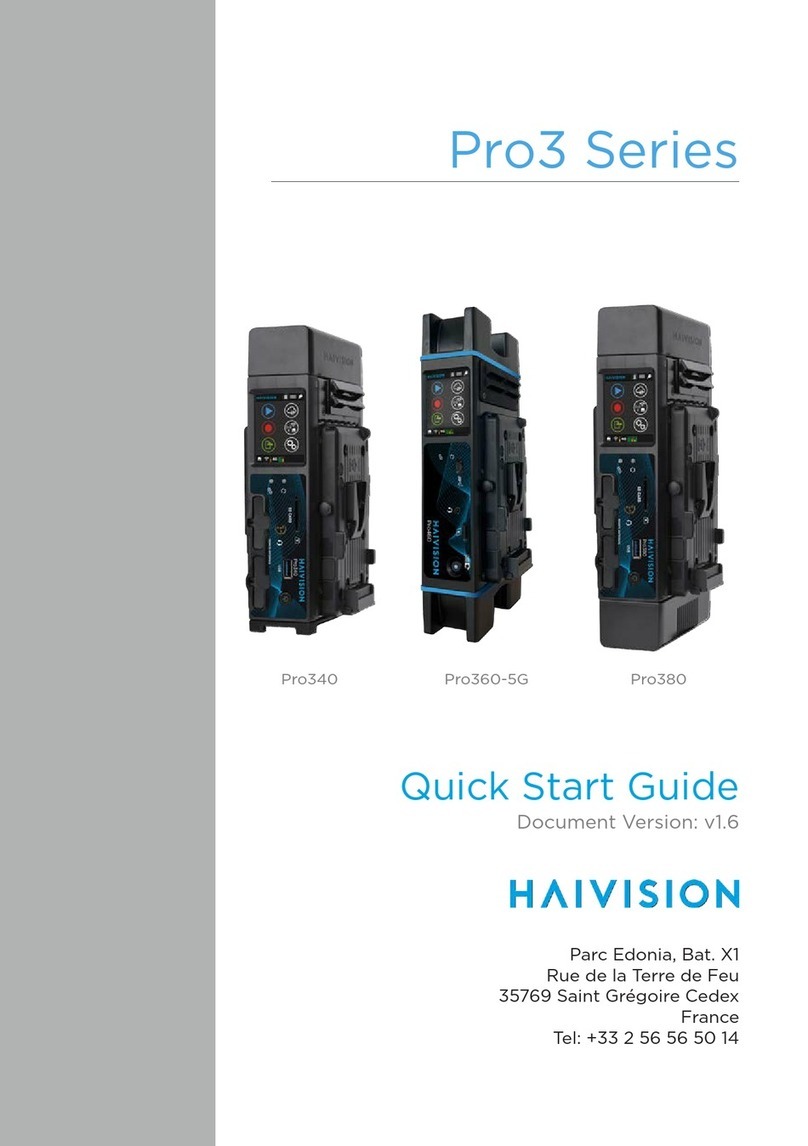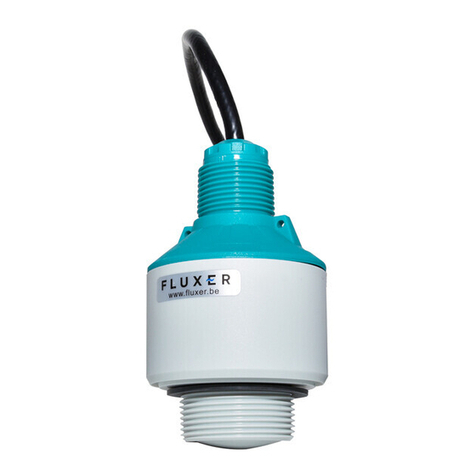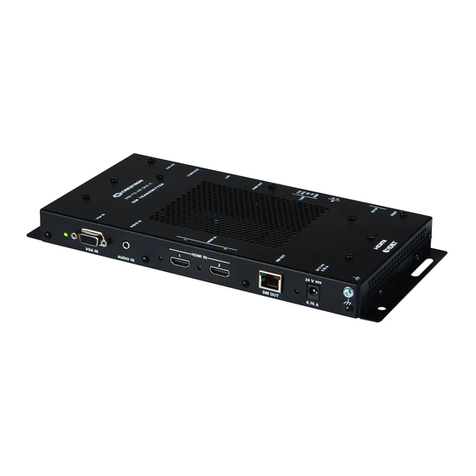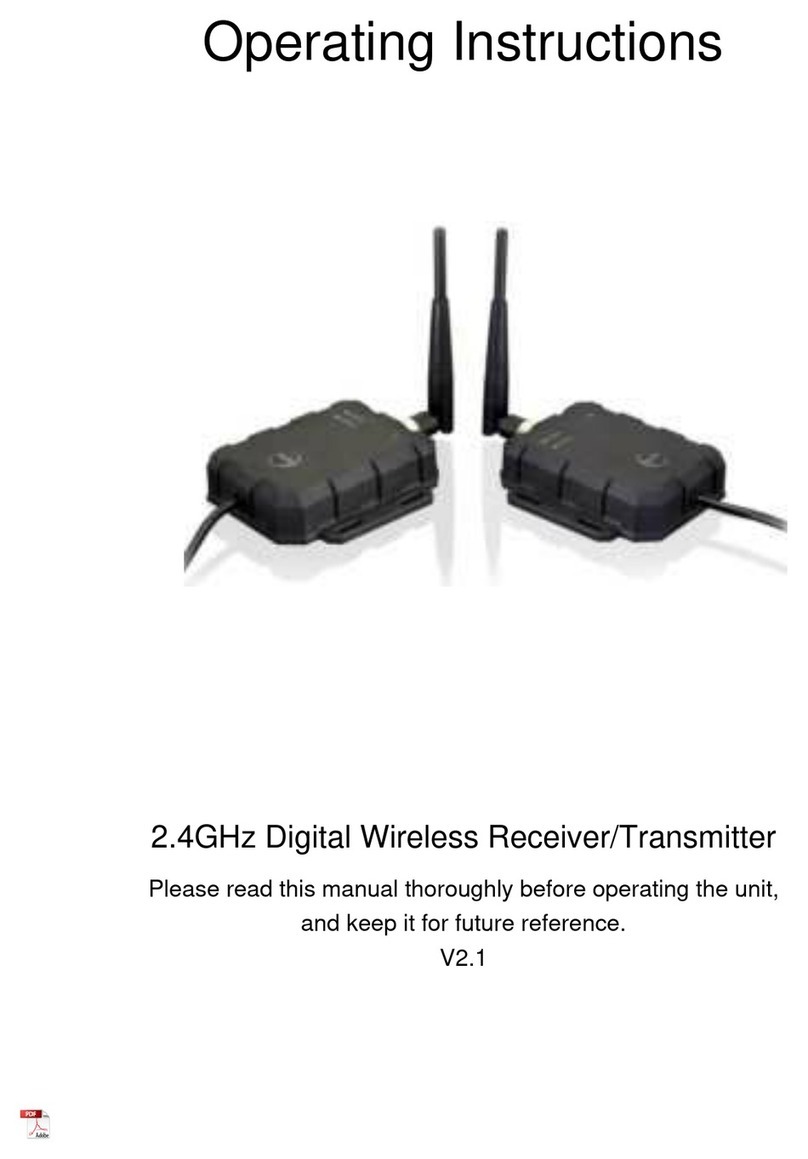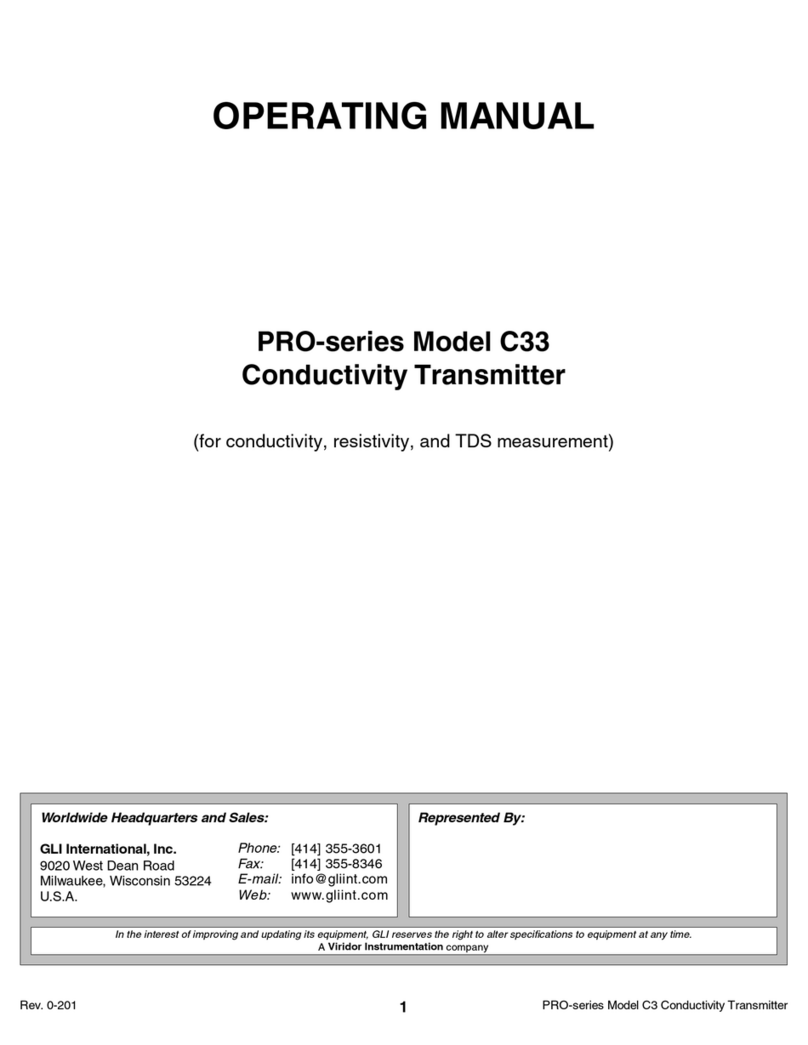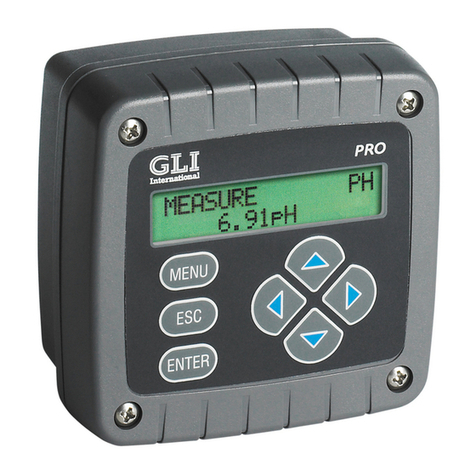
PART ONE - INTRODUCTION SECTION 2 - SPECIFICATIONS
PRO-series Model E3 Electrodeless Conductivity TransmittER16
2.2 Transmitter Performance
(Electrical, Analog Outputs)
2.3 Mechanical
Concentration Measurement:
CONC CAL ...................... Enter one sample value (determined by labo-
ratory analysis or a comparison reading)
COND CAL ...................... Enter compensation reference temperature,
and reference solution’s known linear % per
°C slope and value
TDS Measurement:
TDS CAL ......................... Enter one sample value (determined by labo-
ratory analysis or a comparison reading)
Analog Output............................ Isolated 4-20 mA output with 0.004 mA
(12-bit) resolution
NOTE: The output can be assigned to represent the measured value
(conductivity, % concentration or TDS) or measured temperature.
Parameter values can be entered to define the endpoints at which
the 4 mA and 20 mA output values are desired (range expand).
During calibration, the output is automatically held at the last
measured value and, upon completion, returned to its active state.
Maximum Loop Load.................. Dependent on power supply voltage,
transmitter hookup arrangement, and wire
resistance (see load resistance charts for
respective hookup diagrams in PART TWO,
Section 3.2, 3.3 or 3.4)
Memory (non-volatile)................. All user settings are retained indefinitely
without battery backup
Certifications:
European Community EMC..... Certified CE compliant for conducted and
radiated emissions (EN 50081-2) and
immunity (EN 61000-6-2)
General Purpose..................... UL, C-UL, and FM
Class 1, Div. 2 ........................ UL, C-UL, and FM
Accuracy*................................... ± 0.1% of span
Sensitivity* ................................. ± 0.05% of span
Repeatability*............................. ± 0.05% of span
Temperature Drift*...................... Zero and Span: ± 0.02% of span per °C
Response Time .......................... 1-60 seconds to 90% of value upon step
change (with sensor filter setting of zero)
*These typical performance specifications are:
1. Based on 25°C with conductivity of 500 μS/cm and higher. Consult GLI for
applications in which conductivities are less than 500 μS/cm.
2. Derated above 100°C to the maximum displayed temperature of 200°C.
Consult GLI for details.
2ADIOFREQUENCYFIELDSINTHE-(ZRANGECANCAUSEINACCURATERESULTS
Enclosure................................... Polycarbonate; NEMA 4X general purpose;
choice of included mounting hardware
Mounting Configurations............. Panel, wall, pipe or integral sensor mounting
Dimensions................................ With Back Cover:
3.75 in. W x 3.75 in. H x 2.32 in. D
(95 mm W x 95 mm H x 60 mm D)
Without Back Cover for Panel Mount:
3.75 in. W x 3.75 in. H x 0.75 in. D
(95 mm W x 95 mm H x 19 mm D)
Net Weight................................. 10 oz. (280 g) approximately




















